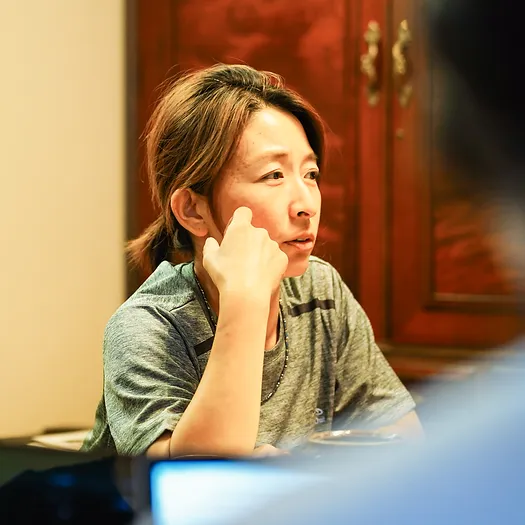Harmless Advertisements for Everyone?
- 章子 今井
- 2022年10月4日
- 読了時間: 3分
更新日:2024年1月28日
July, 2,2022
Yuri Miyata
In Japan, there are a lot of flaming advertisements, and often they lack gender consideration. These flaming advertisements are often divided into three features; sexuality, gender roles, and lookism.
Who Wants Sexual Metaphor in Governmental Advertisements?

One controvertial case of sexually-problematic advertisements was a summer tourism campaign video sponsored by Miyagi Prefectural government. Featuring Danmitsu, a Japanese actress and gravure idol, there were lots of sexual metaphors which was irrelevant to tourism promotion. In the video, for example, she rides on a turtle and when she touches the turtle’s head, it turns big. This promotion video got rubbished and Miyagi prefecture gave up streaming this video.
For the Miyagi Prefectural Government, aim was for many families to visit Miyagi in the hot summer. Probably promoters might think sexual flavor would attract men. However, their way of promotion became completely reversal. Fathers would not seek sexually appeallling elements in the family activities and mothers and daughters would highly likely feel offensive. This is an apparent mis-matching insident between the intention and method of promotion. Which families may want to visit the prefecture which promote themselves sexually?
Memorable Mother’s Taste

Gender roles in ads often trigger the flaming, as well. The “okaasan-shokudo (mothers dining) ” series of the Family Mart was one of the cases. Family Mart, one of the famous Japanese convenience stores, marchandized the ready-made foods, under the brand name of “okaasan-shokudo.” The target of this series was the single mid-career professionals who do not live with their parents.
The CM of “okaasan-shokudo" was supposed to attract the business people by offering delicious homemade-like dinners, which might have reminded the customers of their beloved mothers' plates. However, some high school students accused of this CM, because it seemed Family Mart forced the gender roles at home; women (mothers) should cook and do the housework for family members. High school students do not have a single life experience yet and it might be difficult to ebrace a good old taste of mother. ALthough the tagert is limited to mid-career in their 30s and 40s, the convenience store as a whole has a wide range of customers. Probably they had to be careful about all generations.
For Whom Are Women Pursuing Beauty?

Kao's hair care product advertisement might be a suitable case to think about the recent controversy against lookism. Kao, a leading cosmetics and chemical company in Japan, cast a young female comedian Kei Yamazaki for their Web commercial video. To lead as many customers to the web video, Kao tweeted that “Kei Yamazaki should have been moderately ugly (choudoii-busu), hasn’t she? But look, she changed so beautiful! Re-tweet and check out the video!” And this triggered the flaming of Kao.
There might need a little explanation. Comedian Yamazaki has depicted herself as moderately ugly woman for an average men, because highly-gorgeous woman would be too beautiful for them to date. Kao meant to "borrow" her catch copy to promote their product. Contrary to Kao’s intention, many young women felt offensive and accused of Kao, mentioning “why do we have to adjust our beauty to match men’s desire?”, “moderatly for whom?” and “appearance of the face have nothing to do with hair care!!”
Indeed, it is widely said Japanese women’s self-esteem is fairly low, and Kao might try to encourage their target customers, most of who have moderate appearance, by featuring Kei as an icon. Undoubtedly, using the judgemental expression of women's appearance was innappropriate to promote beauty products for young women, also it seemed to cause the image down of the company.
What Is the Harmless Advertisement?
In all aove-mentioned cases, these companies disappointed their target customers. What should they do to prevent these miss-marketings? In the United Kingdom, ASA (Advertising Standards Authority) started making various kinds of regulations, including the ones to eliminate gender discrimination. Japan does have some regulations on advertisements, but these are all for to prevent any possible troubles for consumers, such as medical or money losses.
Recently, there is the tendancy of more strict rules on marketing efforts, of over word-hunting regardless of contexts, and of increasing higly-sensitive consumers. Are we able tomake a happy advertisement for “everyone”? The more are regulations and restrictions on artists, the less the arts of marketing would developed, and that would lead the only boring ads remain. While protect the freedom of arts, companies that make advertisements should think about whether their ads are appropriate for their branding image and for their customers before being released to the world.


